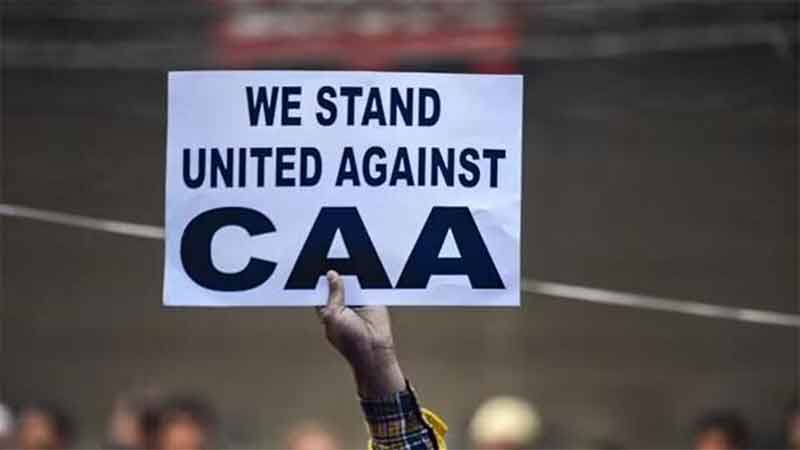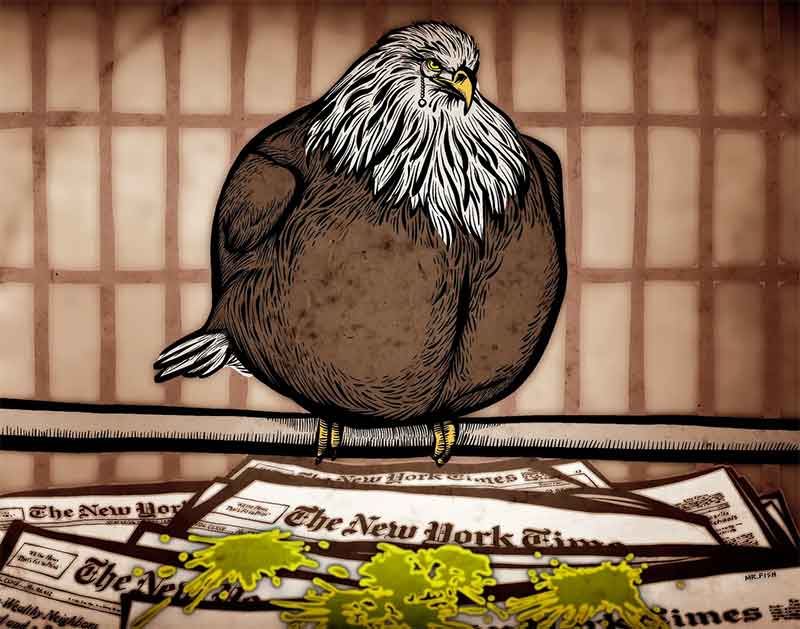
“When Occupy was chanting ‘99%’ they weren’t accounting for how many folks were drugged coast to coast…on what. What the cost of that was.” — Rachel Oxman
There’s a gladiatorial competition as spectacle motif found in a number of popular dystopian narratives, ranging from The Hunger Games to Battle Royale and The Maze Runner to Rollerball. And Stephen King’s writing often includes a story along those lines in which the state uses violence and the consumption of its spectacle as a form of control. The Long Walk and The Running Man are two good examples.
Both of those dystopian works contain exaggerated forms of violence that take over all parts of life. In their worlds violence becomes the norm, and is so pervasive that it makes it difficult to have any relationship with others outside of the experience of violence. In each case, the state uses violence as a means for trying to maintain political control and domination, and the spectacle serves both as a means for pacifying the masses through image-based entertainment as well as an inherent threat to those who might challenge its authority.
In her “Reflections on Violence,” Hannah Arendt describes the way in which violence — not power or force or strength — has, through technological development and historical evolution, become a means confused with its end. Rather than violence being the way in which regimes pursue goals that they deem necessary, violence itself becomes one of the purposes of society.
The existence of war in this context becomes a pervasive condition of society instead of a limited activity of (so-called) necessity. The people who live in such a society must accept that human life is expendable, and willingly accept that violence is to be preferred — embraced — over connection to others.
As a result, image-based societies — festooned with the voyeuristic consumption of violence and hard-edged entertainment as a means of escape — will rely heavily on creating an ongoing spectacle of violence — uninterrupted, truth be told — as a means of creating the notion of the disposability of the individual to sever affective ties. Reinforcing it viscerally, repeatedly. Morning, noon and night.
Like the Network in The Running Man framing and editing its “competitors” as violent criminals to work the crowds of spectators into a frenzy with chants of “Turn him in!” and “Kill him!”, Arendt argues that these spectacles of violence limit the possibilities of revolutionary sentiments that might challenge state authority or action. Folks want to see others wiped out, and they’ll even help if they can. The more messy the better.
Though power and violence are often considered closely linked, Arendt argues that violence and power are on the opposite ends of a spectrum. In Arendt’s terms, power requires coordination while violence demands coercion, and as one becomes more present the other is diminished.
In examining the technological advancements of our century, particularly the militaristic realm of the state, Arendt articulates a difference between power and, which arises from a group or groups acting collectively toward a common end, and violence, which uses implements to force action or agreement. Violence is an artificial means of achieving the same goals as the application of power, but its intent is to force capitulation and compliance.
In On Violence, Arendt explains that this relationship between violence and power leads to one of the ironic consequences of the modern state; in it, people who hold power resort to violence, thereby losing power over time. This happens, theoretically, because political elites often confuse violence and the control it brings with actual power. And this creates — potentially — a decline in power. Because, Arendt suggests, the more violence that is exercised, the more people question the power of the state,. The application of violence, therefore, corresponds with the declining loss of power of the state eventually.
This would lead readers to think that the result would be a revolutionary fervor that begins to amass in those subjugated to the abuses of violence, which will explode in a revolutionary outburst down the line that ultimately unfolds with a total loss of power by those who once possessed it.
But Hannah Arendt died in 1975, and she had no clue as to just how nurtured U.S. citizens would be on violence, breastfed on violence. Nor how selfish and atomized we would become, precluding movement in solidarity. Nor how resigned to nihilism. Or how severed we’d be from Mother Nature, how out of touch with our own senses, how devoid of common sense, how utterly incapable of sizing up dangers in our midst. How mired in and paralyzed by fear. How messed up.
How masochistic.
Valleria Ruselli is a member of the Oxman Collective. She can be reached at [email protected].










































